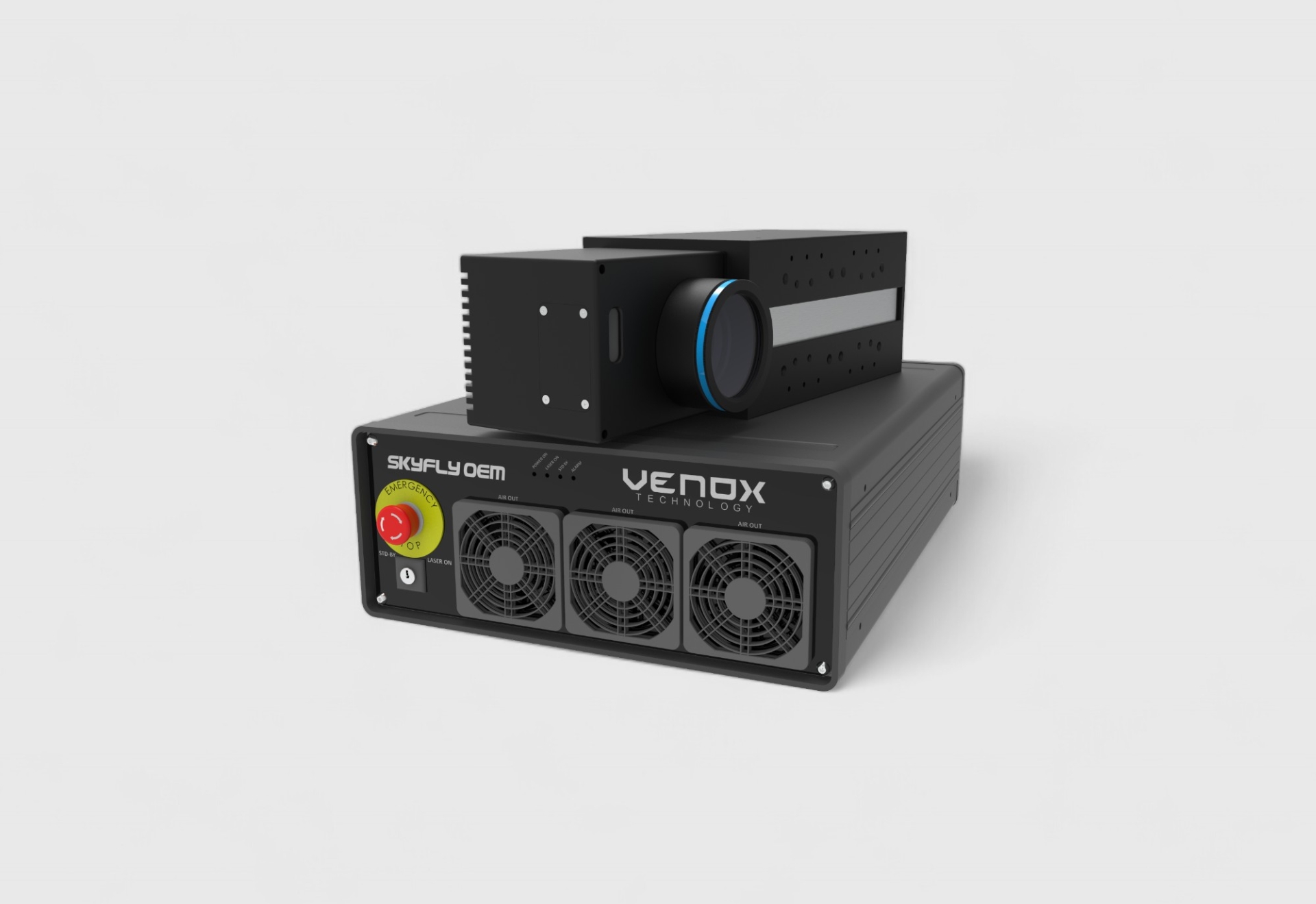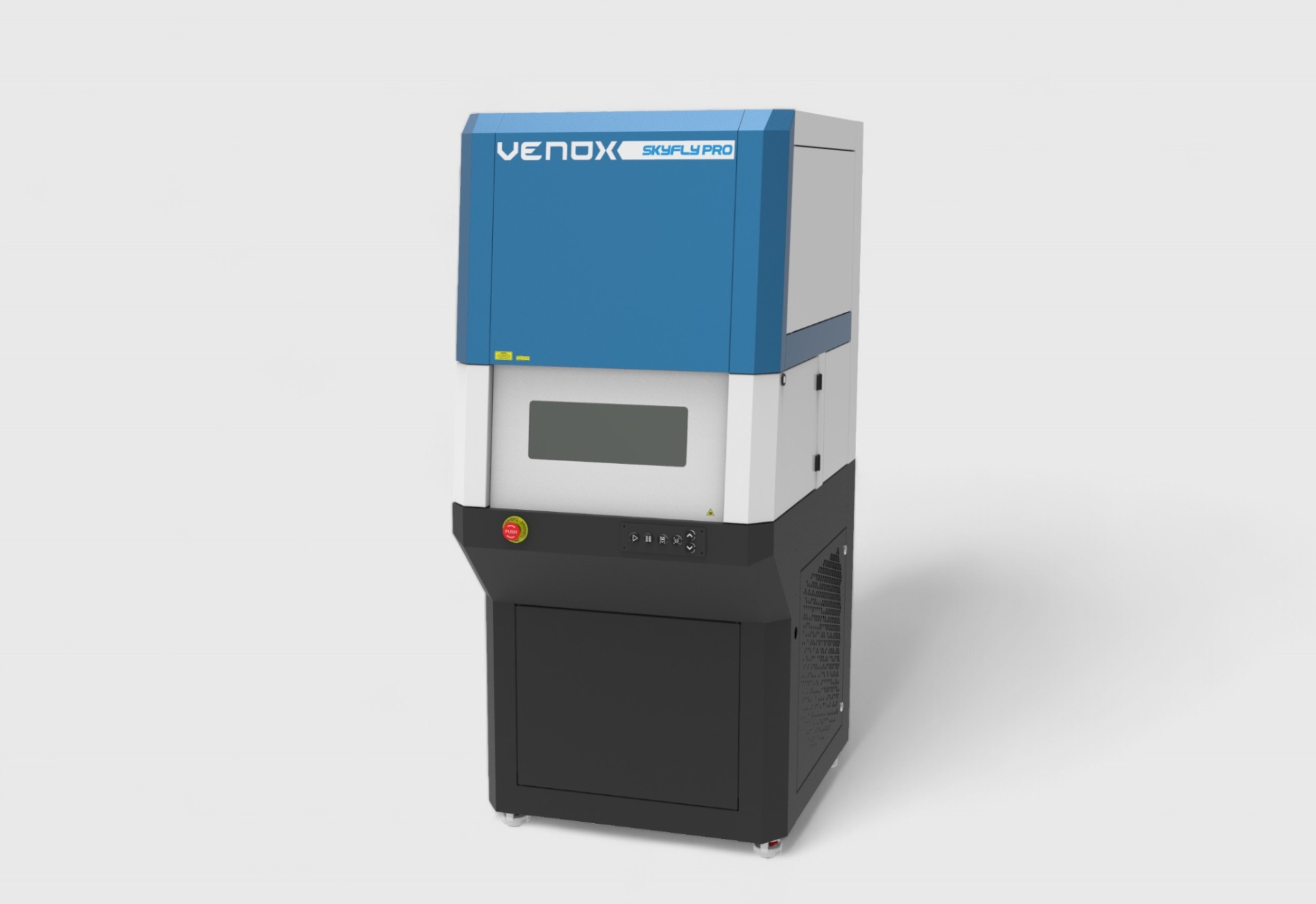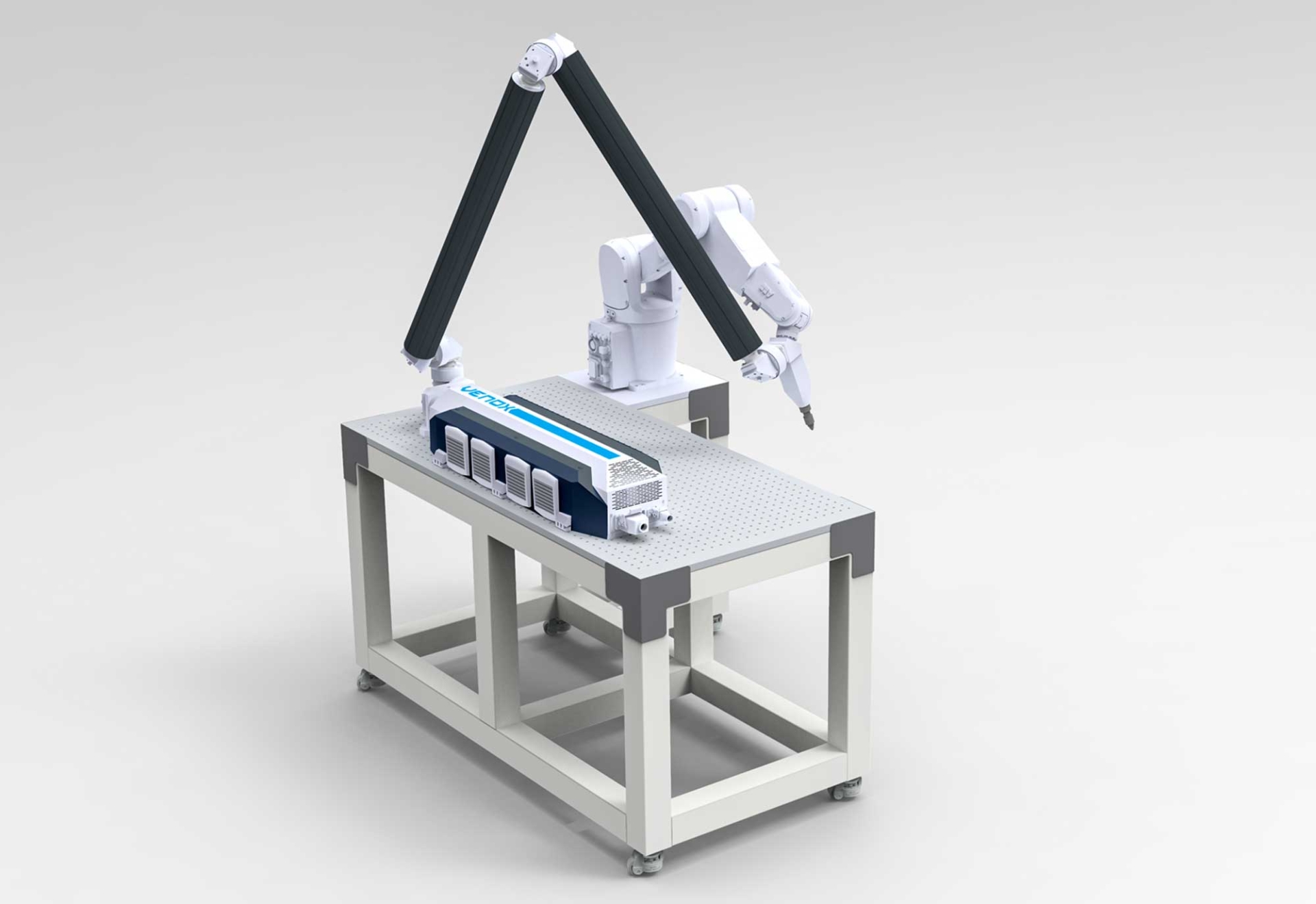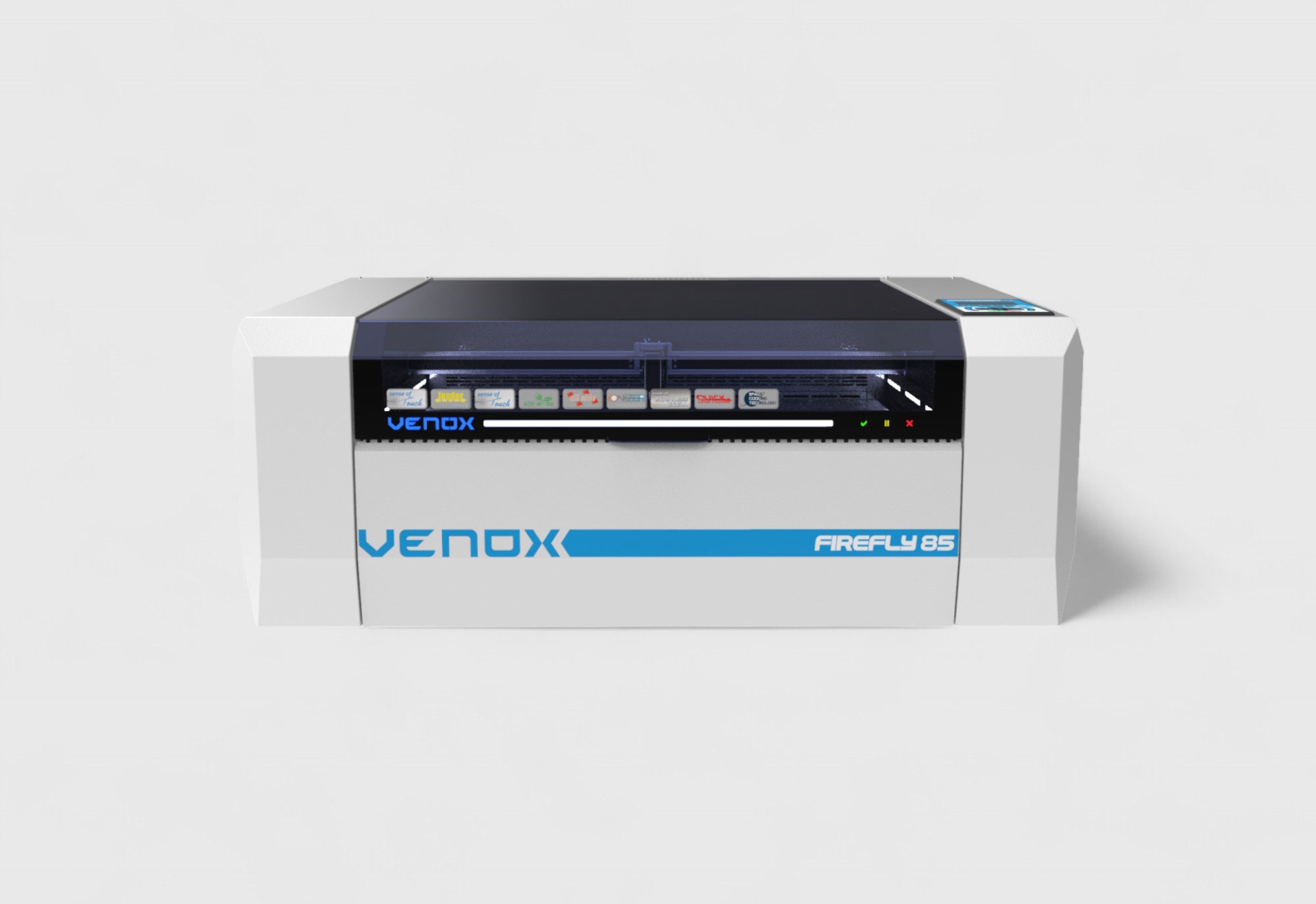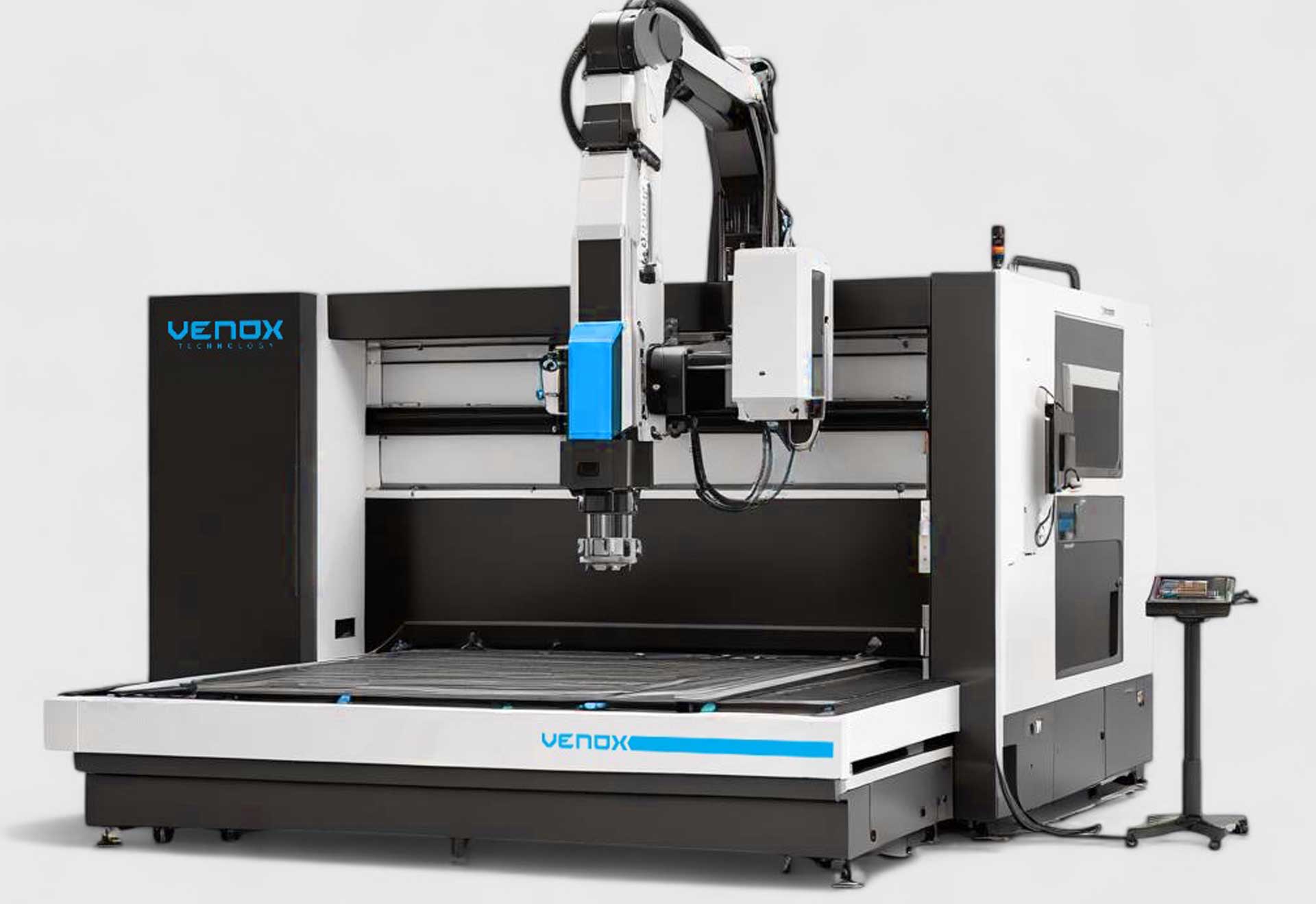Laser Marking on Mechanical Products
Marking on mechanical products plays a critical role throughout all stages from production to assembly, maintenance, and recalls. For both manufacturers and end users, traceability of parts, verification of authenticity, and quality control are of vital importance. An effective marking strategy minimizes production errors, speeds up maintenance processes, and ensures compliance with legal regulations.
Serial Number and Tracking Code Marking
Serial numbers and tracking codes provide each part with a unique identity. They are essential for identifying the correct part, especially in the automotive, aerospace, and heavy machinery industries during production batches and after-sales services.
- Traceability: Every movement of the part is recorded at each stage from production to delivery.
- Recall management: In the event of a production fault, only the affected serial numbers are recalled, reducing costs.
- Maintenance tracking: Service history, spare part replacements, and warranty processes are easily managed using these codes.
Model Number and Brand Information Marking
Model numbers and brand information are fundamental for product differentiation and corporate identity. They present a quality image to the customer and facilitate correct part selection during assembly.
- Corporate identity: Logos and brand names are clearly marked using laser or chemical marking methods.
- Model identification: Different versions and power classes are distinguished through model numbers.
- Regulatory compliance: Certification markings such as CE and UL are added under this category.
Durable and Permanent Markings
Mechanical parts require permanent markings that can withstand harsh operating conditions. On surfaces exposed to high heat treatment, friction, and chemical effects:
- Laser marking: Penetrates the surface to create abrasion-resistant marks.
- Chemical etching: Produces marks that are resistant to deep washing using acids or other chemicals.
- Anodizing and hard film coating: Preferred especially for alloys like aluminum and titanium.
This ensures legibility is preserved throughout the product's life cycle.
Laser-Hardened Surface Marking on Steel Parts
Steel parts are used in applications requiring high strength and wear resistance. In such areas, laser-based metal processing technology comes into play.
- Surface hardening: Controlled laser energy input hardens the microstructure of the marked area.
- Wear resistance: The hardened zone provides extra protection against friction and impact.
- High resolution: Intricate codes and logos can be marked precisely with fine line widths.
Serial Number and Brand Marking on Hand Tools
Hand tools are frequently transported and used on various surfaces; therefore, the marking must be durable to withstand harsh conditions.
- Compact laser systems: Portable laser marking systems allow for field applications beyond the assembly line.
- Ergonomic placement: Serial numbers and logos are marked on areas away from gripping zones, avoiding wear and friction.
- Durability: Markings that penetrate directly into the metal surface without paint or coating offer long-lasting readability.
Safety Warning Labels and Icons
In mechanical products, safety symbols and warning labels are required to meet occupational health and safety obligations.
- Pictograms: Symbols compliant with ISO 7010 standards are universally understood.
- Permanent foil labels: Materials resistant to high temperatures and oils are preferred.
- Laser engraving: Used to create direct warning icons on metal surfaces.
This ensures that operators and maintenance personnel are instantly informed of potential hazards.
Serial and Model Number Marking on Machine Parts
Machine parts typically consist of thousands of components sourced from various suppliers. Therefore, each part includes:
- Metal plate labels: Data plates include serial/model codes, production dates, and load limits.
- ERP integration: Barcodes or DataMatrix codes enable automatic data transfer to enterprise resource planning systems.
- Embossing and laser marking: Create markers that are recognizable both visually and by machine sensors.
This accelerates maintenance processes, prevents errors, and improves production efficiency.
Conclusion
Selecting the right marking techniques for mechanical products is critically important for both workplace safety and production efficiency. Laser marking systems and laser marking machines offer flexible, fast, and permanent solutions across various industries. By integrating these technologies, manufacturers can achieve traceability, quality control, and legal compliance, gaining a competitive edge in the market.
